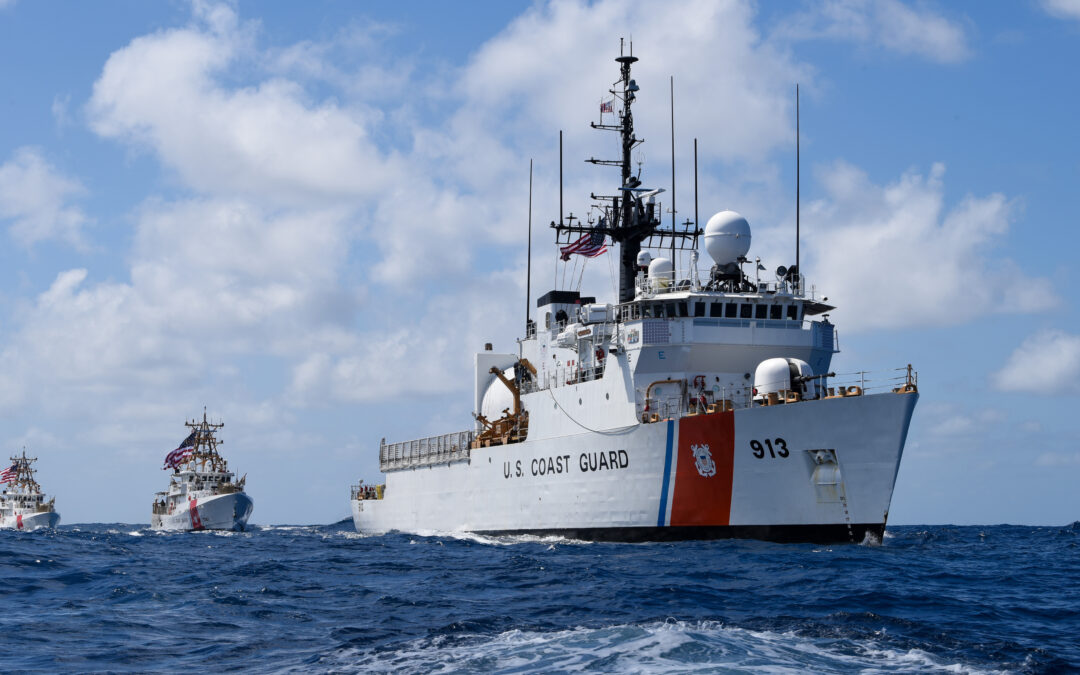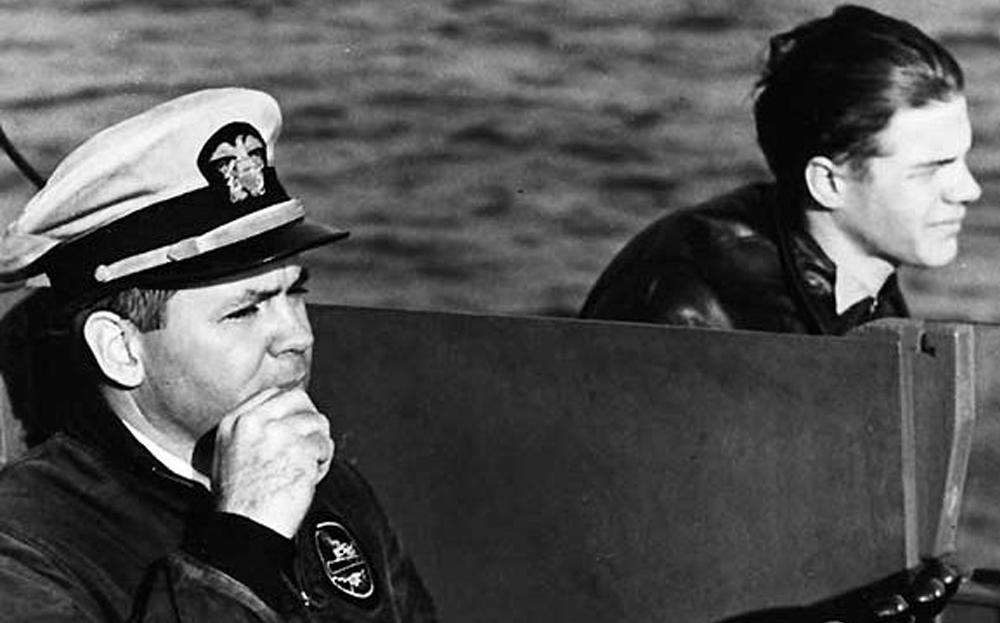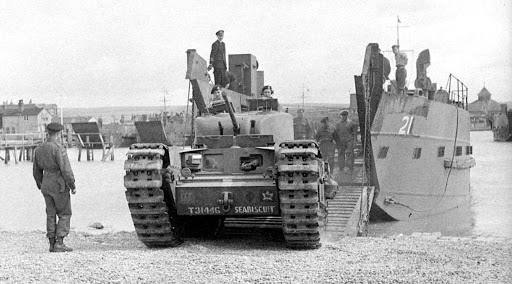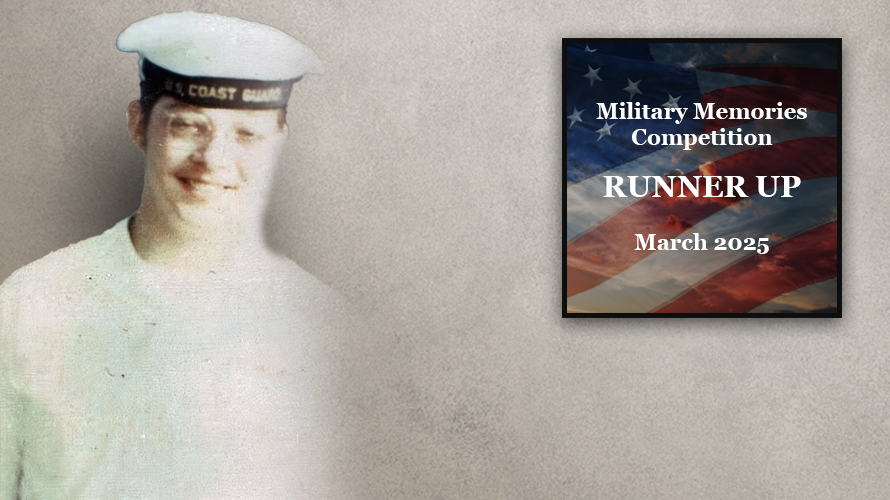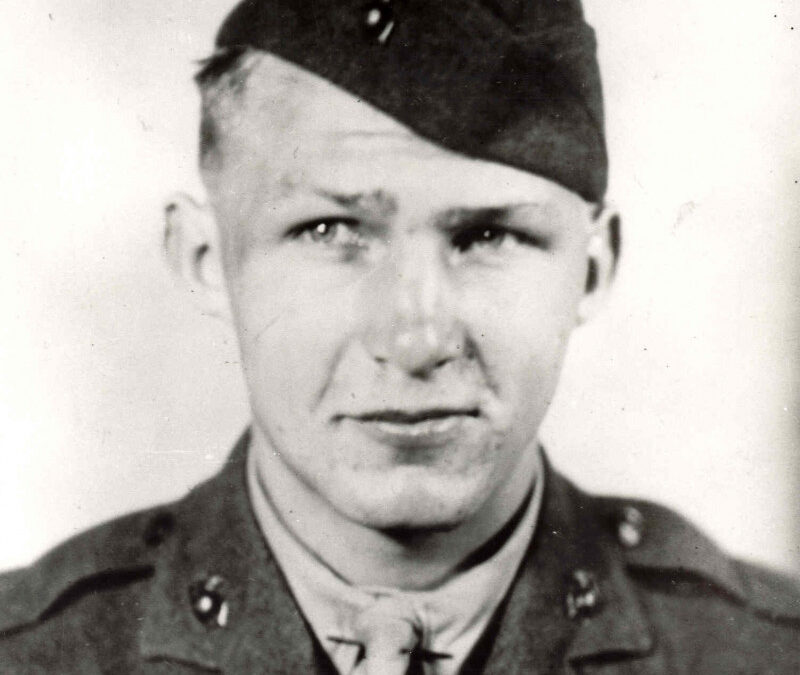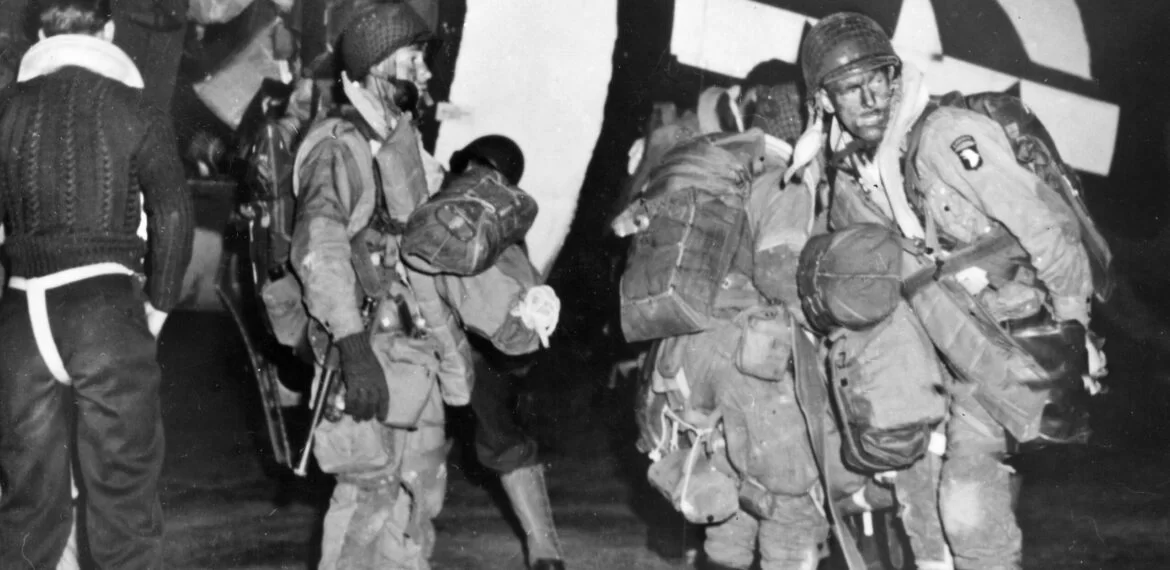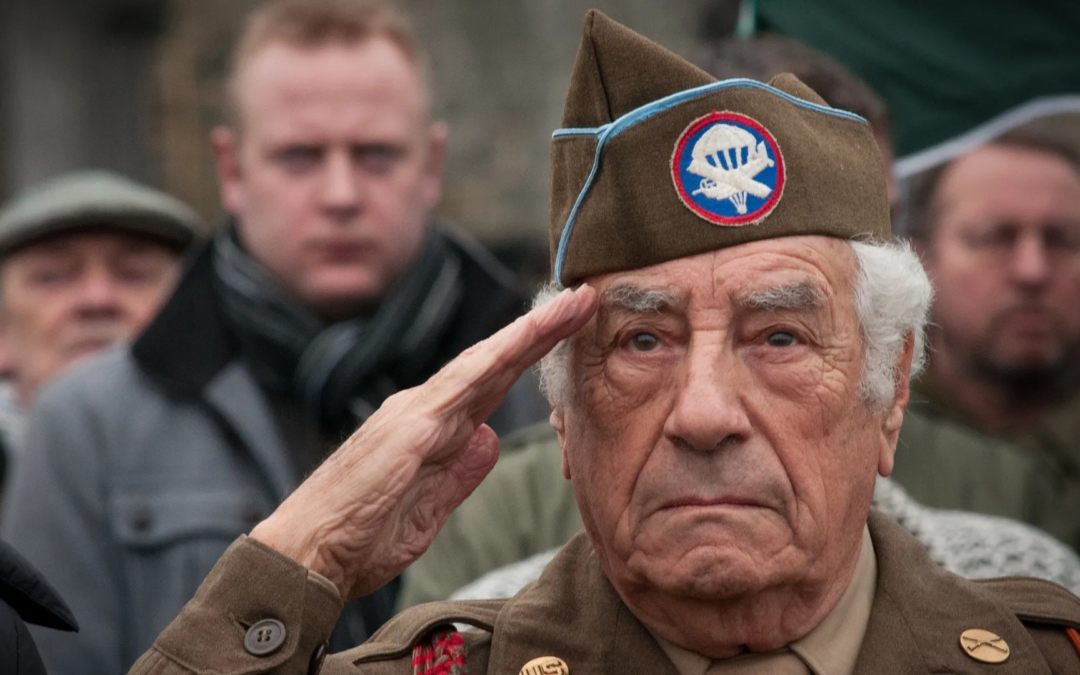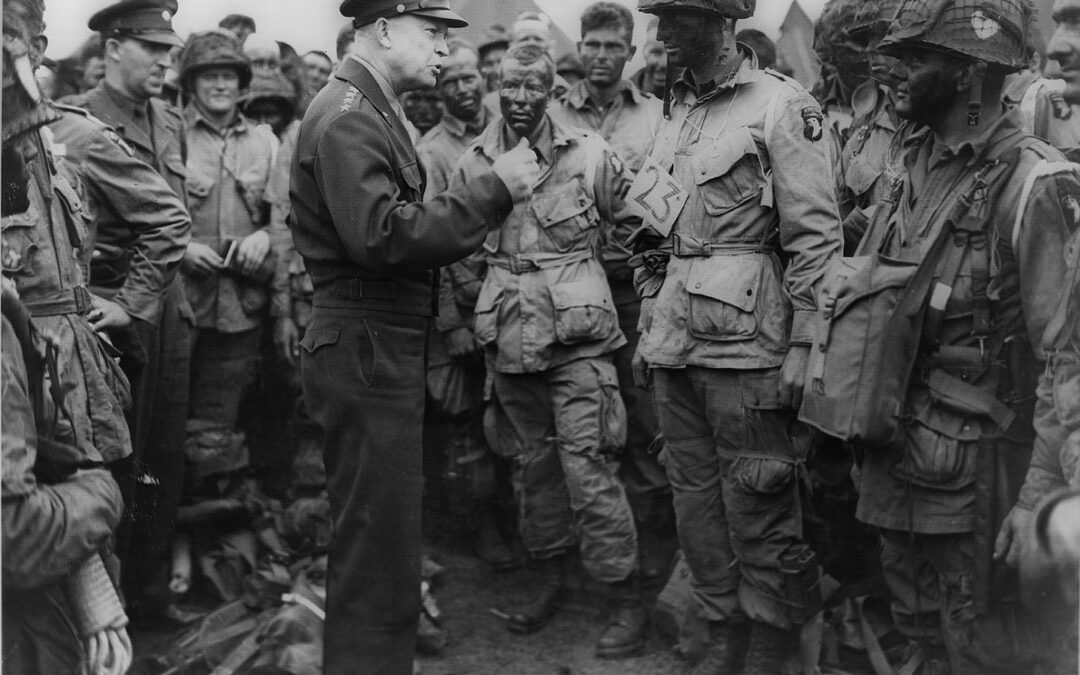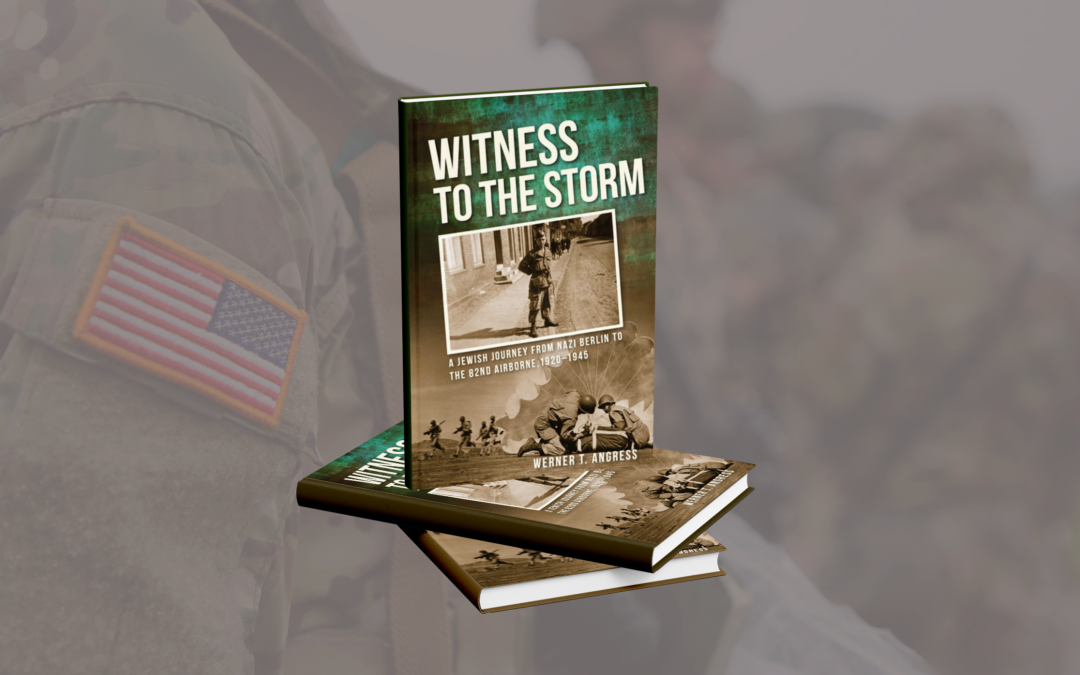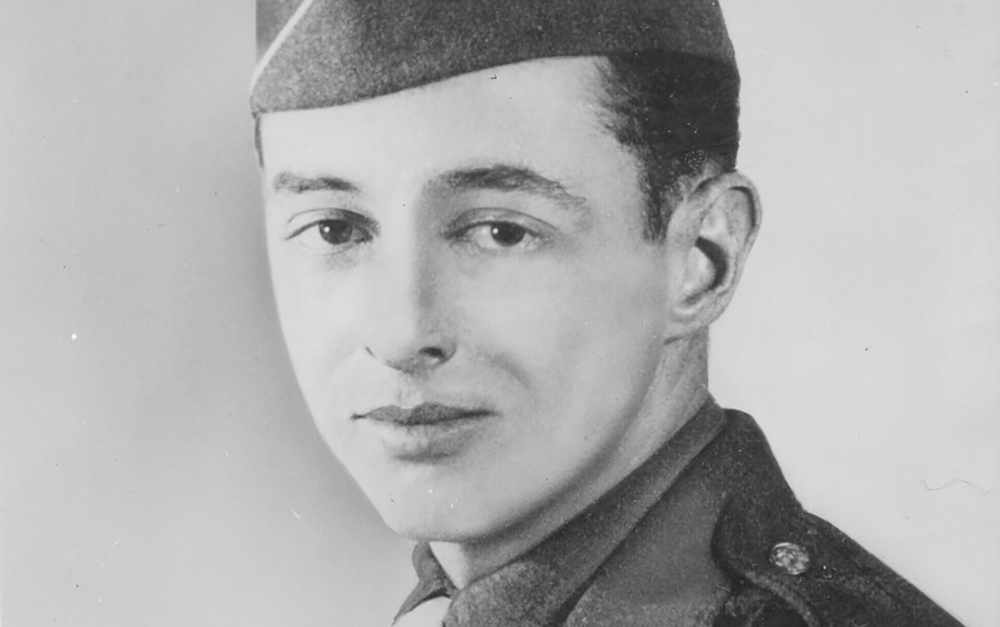August 4, 2025, marks a significant milestone as we celebrate the 235th Birthday of the United States Coast Guard. This day invites reflection on the storied past and vital contributions of this essential branch of the U.S. military. For over two centuries, the Coast Guard has been at the forefront of safeguarding shores, ensuring maritime safety, and responding to emergencies both at home and abroad. Historical Beginnings of the U.S. Coast Guard The United States Coast Guard was officially...
